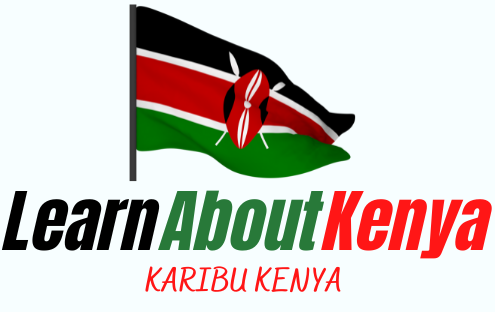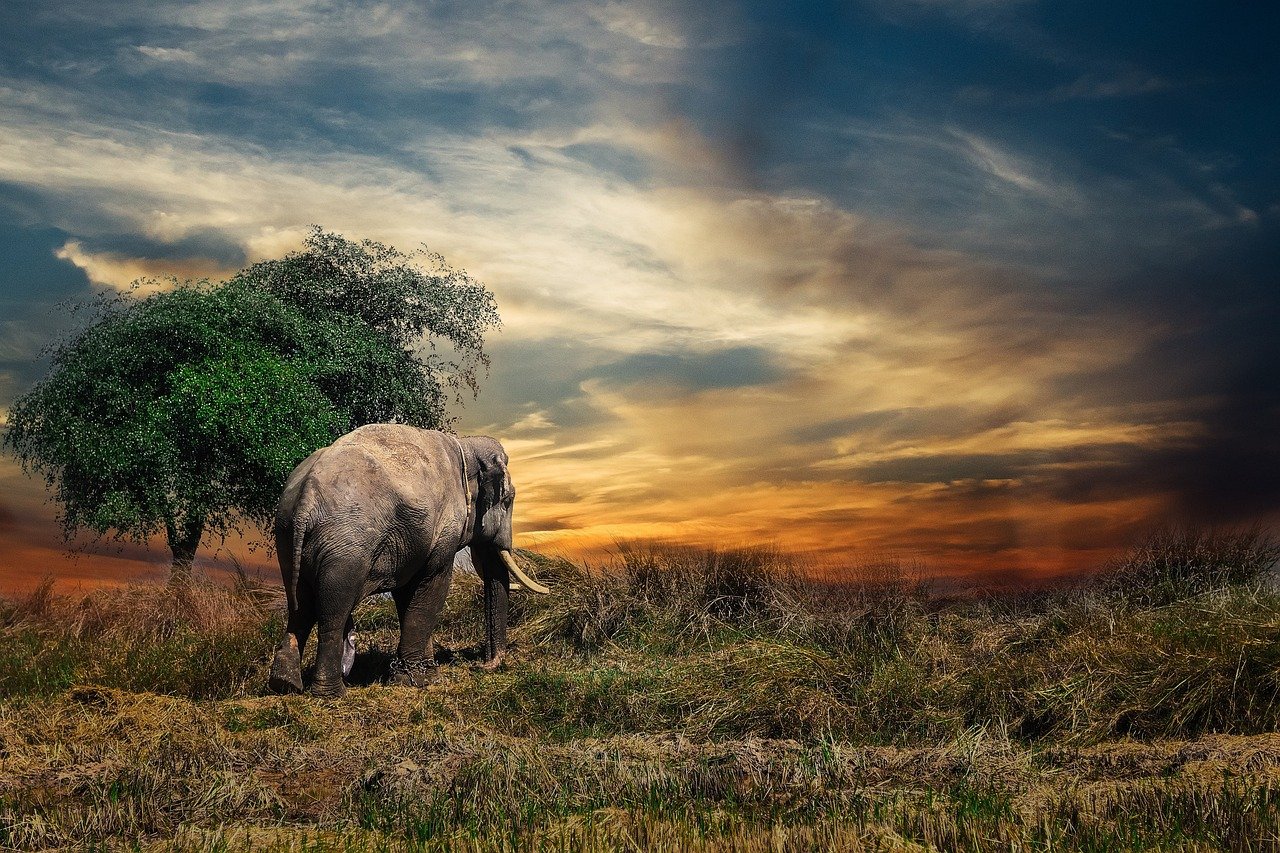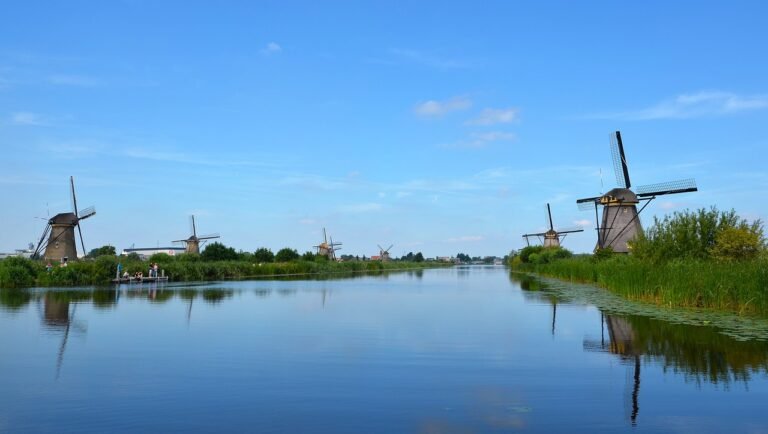Can You Witness The Great Migration In Kenya?
Imagine yourself standing on the vast plains of Kenya, surrounded by a magnificent tapestry of wildlife. It is a sight like no other, as hundreds of thousands of wildebeest and zebra traverse this land in a grand spectacle known as the Great Migration. With each passing step, the earth trembles beneath their hooves, and you are left in awe of nature’s incredible wonders. But can you truly witness this awe-inspiring event?
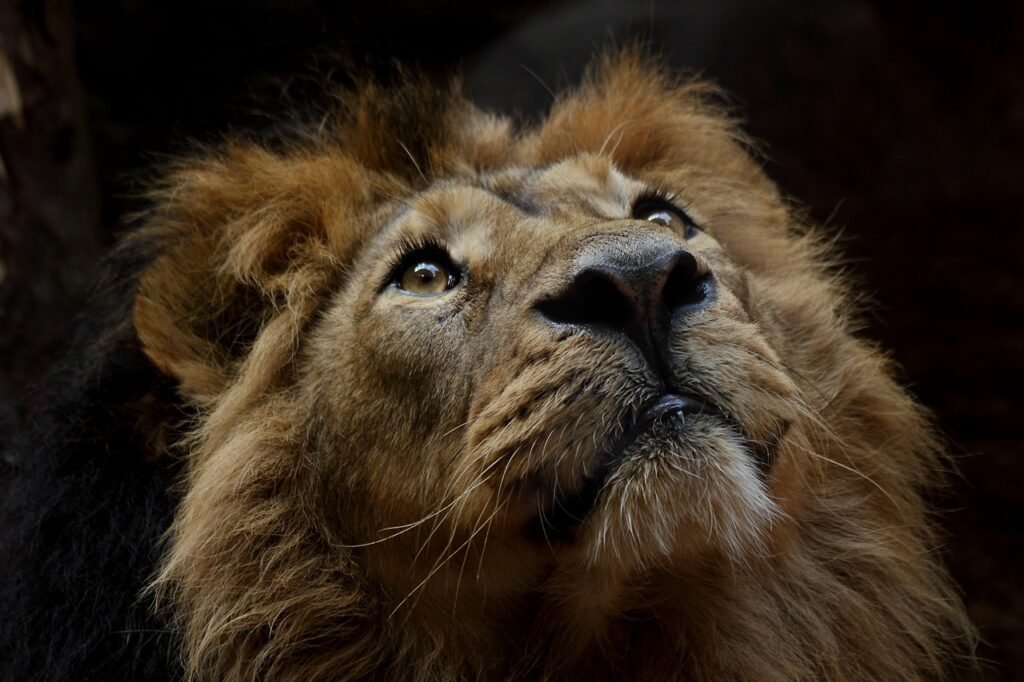
This image is property of pixabay.com.
Understanding the Great Migration
What is the Great Migration?
The Great Migration is one of the most remarkable wildlife spectacles on Earth. It refers to the annual movement of millions of animals, primarily wildebeests, zebras, and gazelles, traveling in search of food and water across the vast plains of East Africa. This incredible journey takes them from the Serengeti National Park in Tanzania to the Maasai Mara National Reserve in Kenya and back again. It is a natural phenomenon that has captivated the hearts of nature enthusiasts and wildlife photographers for centuries.
Why is the Great Migration significant?
The Great Migration is of immense ecological and cultural significance. It not only sustains the diverse ecosystem of the Serengeti-Mara region but also plays a vital role in shaping the livelihoods and cultural practices of the Maasai people who live in these areas. Additionally, the migration serves as a critical food source for predators such as lions, cheetahs, and crocodiles. It is a prime example of the delicate balance and interconnectedness of nature, showcasing the power and resilience of the animal kingdom.
Where does the Great Migration take place?
The Great Migration primarily takes place in two iconic protected areas: the Serengeti National Park in Tanzania and the Maasai Mara National Reserve in Kenya. The Serengeti covers a vast expanse of approximately 30,000 square kilometers, while the Maasai Mara spans over 1,510 square kilometers. These regions offer the perfect combination of open grasslands, watering holes, and dense riverine forests, making them ideal habitats for a plethora of wildlife species.
How long does the Great Migration last?
The Great Migration is a year-round phenomenon, but it is important to understand that it is not a continuous stream of animals crossing the plains. The migration cycle follows a predictable pattern and can be roughly divided into three phases: the southward migration, the birthing season, and the return migration. The entire cycle lasts for approximately 10-11 months, with the animals constantly on the move in search of food and water.
What are the key animal species involved?
While the wildebeest is undoubtedly the star of the show during the Great Migration, several other animal species participate in this magnificent event. Zebras and gazelles are also prominent players, forming a symbiotic relationship with the wildebeests. These herbivores graze collectively, benefiting from the added safety of numbers and utilizing their different grazing patterns to maximize food availability. Predators, including lions, cheetahs, leopards, and hyenas, closely follow the herds, taking advantage of the abundance of prey.
Best Time to Witness the Great Migration
Determining the ideal migration season
To witness the Great Migration at its peak, it is crucial to time your visit to coincide with the most significant events of the migration cycle. The best time to witness the migration in Kenya is generally from July to October when the herds cross the Mara River, braving the strong currents and hungry crocodiles. Witnessing this dramatic river crossing is often considered the highlight of the migration. However, it is important to remember that wildlife movements are influenced by various factors and can vary slightly from year to year.
Factors affecting the timing of the Great Migration
The timing of the Great Migration is influenced primarily by two key factors: rainfall patterns and the availability of fresh grazing pastures. The wildebeests, zebras, and gazelles follow the rains, which dictate the growth of new grasses and the availability of water sources. The herds begin their northward migration in search of greener pastures after the rainy season ends in the south, following the predictable pattern of resources. While rainfall can vary from year to year, the overall migration cycle remains relatively consistent.
Migration patterns throughout the year
The migration cycle follows a circular route, with the animals moving in a clockwise direction between the Serengeti in Tanzania and the Maasai Mara in Kenya. From November to March, the herds are in the southern section of the Serengeti, where they give birth to approximately 500,000 calves within a short period, attracting predators in large numbers. In April and May, as the rains subside, the herds gradually begin their northward migration, reaching the Maasai Mara by July. From July to October, the herds traverse the Mara River, creating breathtaking scenes of courage and danger as they encounter crocodiles and swiftly navigate the treacherous currents.

This image is property of pixabay.com.
Planning Your Visit
Choosing the right location
To make the most of your Great Migration experience, it is essential to select the right location to base your safari. The Maasai Mara National Reserve is widely regarded as the prime location for witnessing the river crossings, as it lies directly in the path of the migrating herds during their northward migration. On the other hand, the Serengeti National Park offers a quieter and less crowded experience, providing ample opportunities to observe other wildlife and witness the great herds grazing peacefully.
Selecting reputable tour operators
To ensure a smooth and enjoyable visit to witness the Great Migration, it is advisable to choose reputable tour operators with experience in organizing wildlife safaris. Look for operators that specialize in East Africa and have a strong understanding of the migration patterns, as well as a commitment to responsible tourism practices. Reading reviews and seeking recommendations from fellow travelers can help you find reliable operators who prioritize guest satisfaction and wildlife conservation.
Booking accommodations in advance
Accommodations near the migration route tend to fill up quickly, particularly during the peak season. It is advisable to book your accommodations well in advance to secure your preferred camp or lodge. Different types of accommodations are available, ranging from luxury lodges and tented camps to mid-range options and budget-friendly campsites. Each offers its unique advantages, so carefully consider your preferences and budget while making your booking.
Securing necessary permits and vaccinations
Before embarking on your Great Migration adventure, it is essential to ensure that you have all the necessary permits and vaccinations. Depending on your nationality, you may require a tourist visa for entry into Kenya or Tanzania. It is advisable to check the latest visa requirements and apply in advance to avoid any last-minute complications. Additionally, consult with your healthcare provider or a travel clinic to determine the recommended vaccinations and prophylaxis for your destination.
Experiencing the Great Migration
Hot air balloon safaris
One of the most awe-inspiring ways to experience the Great Migration is through a hot air balloon safari. Drifting above the vast herds as they make their arduous journey is an experience that will forever remain etched in your memory. As the sun rises, painting the sky with vibrant hues, you can witness the breathtaking panoramas of the Serengeti or the Maasai Mara from a unique perspective. Take in the sights, sounds, and scents of the wilderness as you soar gracefully above the land below.
Game drives and guided tours
Game drives are a classic way to explore the Great Migration. Skilled guides, well-versed in the behavior and movement of the herds, will accompany you on thrilling safaris through the national parks. With their expertise and knowledge, they can lead you to prime viewing locations, ensuring you witness the migration in all its glory. The open-roofed safari vehicles provide unobstructed views and the opportunity to get up close and personal with the wildlife, capturing stunning photographs and treasured memories.
Witnessing river crossings
The dramatic river crossings during the Great Migration are undoubtedly a sight to behold. As thousands of wildebeests plunge into the swirling waters, defying the crocodiles that lie in wait, the air is thick with anticipation and tension. Expert guides will position you in strategic locations along the river, allowing you to witness this heart-stopping event with the best vantage points. The adrenaline rush and the sheer scale of the migration will leave you in awe of the raw power of nature.
Observing predators in action
The abundance of prey during the Great Migration attracts a large number of predators, creating incredible opportunities to witness thrilling hunting scenes. Lions, cheetahs, and hyenas stealthily stalk their prey, honing their hunting skills and relying on their cunning instincts. Witnessing a predator in action, displaying its strength and ingenuity, is an experience that is both awe-inspiring and humbling. Expert guides will help you understand the dynamics of these encounters, providing valuable insights into the intricate balance of life in the wilderness.
Cultural interactions with the Maasai people
The Great Migration not only showcases the wonders of the animal kingdom but also provides an opportunity to immerse yourself in the rich culture of the Maasai people. The Maasai are renowned for their vibrant traditions, colorful attire, and deep connection with the land. Engaging in cultural interactions, such as visiting Maasai villages or participating in traditional dances and ceremonies, allows you to gain a deeper understanding of their way of life and appreciate the unique coexistence between humans and wildlife in this region.
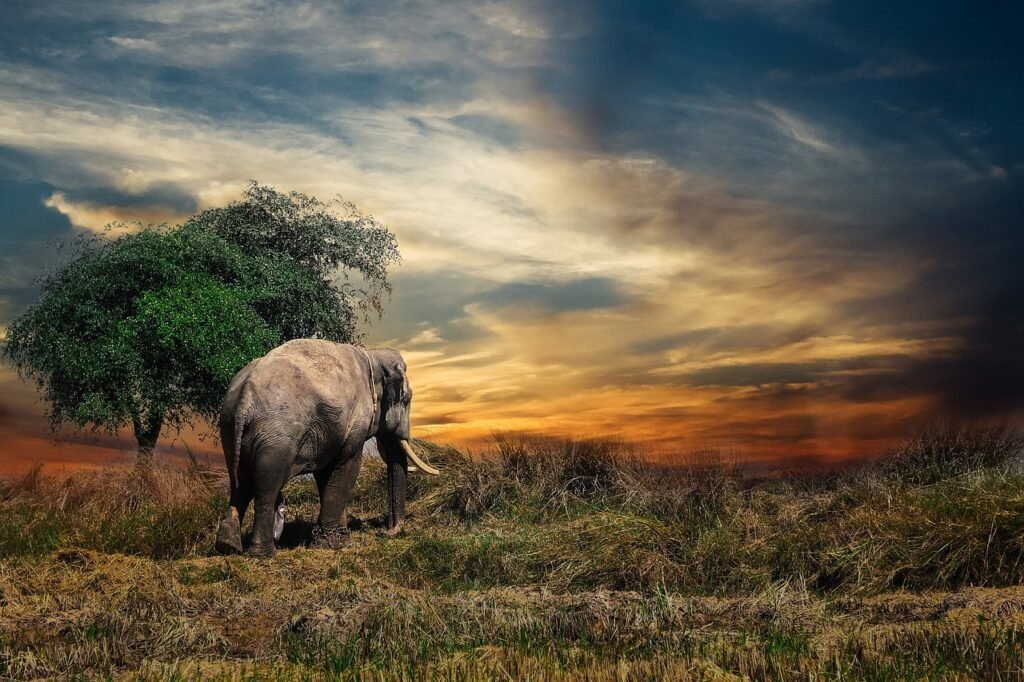
This image is property of pixabay.com.
Conservation Efforts and Challenges
Conservation initiatives in Kenya
Kenya has made significant strides in implementing conservation initiatives to protect the Great Migration and its associated ecosystems. Efforts to combat poaching, raise awareness about wildlife conservation, and establish protected areas have been instrumental in ensuring the long-term survival of the migration. Collaborative projects between the government, local communities, and conservation organizations have helped secure habitats and maintain the delicate balance between wildlife, tourism, and sustainable development.
Threats to the Great Migration
Despite the conservation efforts, the Great Migration still faces numerous threats that jeopardize its future sustainability. Human-wildlife conflict, habitat loss, climate change, and illegal wildlife trade pose significant challenges. Encroachment of settlements and agricultural activities disrupt the migration routes, and the changing climate patterns affect the availability of food and water sources. Addressing these threats requires concerted efforts from governments, communities, and tourists to protect this natural wonder for generations to come.
Balancing tourism and wildlife preservation
Tourism plays a crucial role in generating revenue for conservation efforts and supporting local communities surrounding the Great Migration. However, it is imperative to strike a delicate balance between tourism activities and wildlife preservation. Sustainable tourism practices such as regulated visitor numbers, responsible waste management, and minimal ecological impact are key to safeguarding this fragile ecosystem. As visitors, we have a responsibility to minimize our footprint and contribute to the conservation and preservation of this natural wonder.
Accommodation Options
Luxury lodges and tented camps
For travelers seeking a luxurious and pampered experience, several exquisite lodges and tented camps are scattered throughout the Maasai Mara and Serengeti. These properties offer world-class amenities, elegant accommodations, and attentive service. The strategically located lodges provide stunning views of the migration and ensure a comfortable and indulgent stay during your wildlife adventure. Enjoy gourmet cuisine, spa treatments, and private game drives, accompanied by unparalleled comfort and opulence.
Mid-range accommodation
Mid-range accommodations provide a balance between comfort and affordability, catering to a broader range of travelers. These lodges and tented camps offer comfortable rooms, quality service, and a variety of amenities while ensuring a more budget-friendly experience. Mid-range establishments still provide excellent wildlife viewing experiences, often with knowledgeable guides and well-equipped vehicles to enhance your Great Migration adventure.
Budget-friendly campsites
For budget-conscious travelers and those seeking a closer connection to nature, budget-friendly campsites offer a fantastic option. These campsites provide basic facilities such as tents, shared bathrooms, and communal dining areas. While the accommodations may be more rustic, the experience allows you to immerse yourself in the wilderness, waking up to the sounds of nature and witnessing the awe-inspiring migration on a more intimate level.
Mobile camping options
For a truly immersive and authentic experience, mobile camping options are an excellent choice. These temporary camps are set up strategically to follow the migration, providing close proximity to the action. Equipped with comfortable and spacious tents, dining areas, and expert guides, mobile camps offer the freedom to explore different areas of the Serengeti and Maasai Mara, ensuring that you are always at the heart of the action.
Photographing the Great Migration
Choosing the right gear
Capturing the awe-inspiring moments of the Great Migration requires careful selection of the right photography gear. A versatile telephoto lens with a recommended focal length of 200-400mm allows you to capture intimate close-ups of the animals, while a wide-angle lens of around 24-70mm is ideal for capturing sweeping landscapes and grand vistas. Carrying a sturdy tripod, extra batteries, and ample memory cards ensures that you are always prepared to capture those once-in-a-lifetime shots.
Tips for capturing the action
Photographing the Great Migration demands attention to detail and an understanding of wildlife behavior. Patience is essential, as the animals follow their natural instincts, and the perfect shot may require waiting for the ideal moment. Familiarize yourself with your camera settings and practice different shooting techniques in advance. Composition, lighting, and timing are crucial factors in capturing captivating images, so be prepared to experiment and adapt to the ever-changing conditions.
Etiquette when photographing wildlife
Responsible wildlife photography is essential to ensure the well-being and comfort of the animals. Always maintain a respectful distance from the wildlife and avoid interfering with their natural behavior. Never use flash photography, as it can disorient and agitate the animals. It is essential to remember that our presence in their environment should have minimal impact. By respecting the animals and their habitat, we can ensure the preservation of this incredible natural spectacle for future generations.
Weather and Climate
Seasonal variations in weather
Understanding the weather patterns is crucial to plan your visit to witness the Great Migration. The region experiences two seasons: the dry season and the wet season. The dry season, from June to October, offers relatively cooler temperatures and clear skies, making it an ideal time for wildlife viewing. The wet season, from November to May, sees regular rainfall, which brings lush greenery but also poses some challenges, particularly in terms of road conditions and wildlife movements.
Temperature and rainfall patterns
The temperature and rainfall patterns can significantly impact the Great Migration and your overall safari experience. During the dry season, temperatures range from 20°C to 30°C (68°F to 86°F), with cooler nights. The wet season brings more variable temperatures, ranging from 20°C to 35°C (68°F to 95°F). Rainfall is highest between March and May, with April being the wettest month. It is advisable to pack accordingly, considering both hot and cool weather conditions and the potential for rain.
Packing essentials for each season
Packing the right essentials for your Great Migration safari is crucial for a comfortable and enjoyable experience. For the dry season, lightweight, breathable clothing, a wide-brimmed hat, sunscreen, and insect repellent are essentials. Layering is recommended for the cooler mornings and evenings. When visiting during the wet season, pack waterproof clothing, a waterproof backpack cover, and sturdy, waterproof footwear. It is also advisable to carry a pair of binoculars, a reusable water bottle, and a good quality camera with extra batteries and memory cards.
Safety and Health Precautions
Preventing mosquito-borne diseases
When visiting areas where mosquitoes are prevalent, taking precautions to prevent mosquito-borne diseases is essential. Malaria is a risk in certain parts of East Africa, including the regions where the Great Migration takes place. It is advisable to consult with your healthcare provider or a travel clinic about appropriate antimalarial medication before your trip. Additionally, use mosquito repellent, wear long-sleeved clothing, and sleep under mosquito nets or in well-screened accommodations to minimize exposure to mosquitoes.
Safety measures during game drives
While game drives are incredibly exhilarating, it is vital to prioritize safety at all times. Always follow the instructions of your experienced guide and adhere to the park rules and regulations. Remain inside the safari vehicle at all times, unless in designated areas where it is safe to exit. Avoid making sudden movements or loud noises that could startle the animals. Respecting the wildlife and maintaining a safe distance is crucial for both your safety and the well-being of the animals.
Emergency medical services in Kenya
It is essential to have access to emergency medical services during your Great Migration adventure. Kenya has several excellent medical facilities in major cities and towns. Nairobi, the capital city, has hospitals equipped with modern facilities and experienced medical professionals. It is advisable to carry travel insurance that covers medical emergencies and evacuation, as well as to familiarize yourself with the location of medical centers near your safari destinations. Be sure to pack any required prescription medication and a well-stocked first aid kit for minor ailments.
Alternative Wildlife Viewing Experiences in Kenya
Visiting Amboseli National Park
While the Great Migration is undoubtedly one of the most incredible wildlife spectacles, Kenya offers a plethora of other wildlife viewing opportunities. One such destination is Amboseli National Park, located at the foot of Mount Kilimanjaro. Amboseli is renowned for its large elephant herds, offering visitors a unique chance to observe these gentle giants up close. The park’s sprawling grasslands, swamps, and acacia woodlands provide a stunning backdrop for memorable safari experiences.
Exploring the Masai Mara Reserve
Once you have witnessed the awe-inspiring Great Migration, there is still more to explore in the Maasai Mara Reserve. The reserve is teeming with wildlife year-round, offering incredible opportunities to spot the Big Five (elephant, lion, buffalo, rhinoceros, and leopard) and numerous other species. Game drives, guided walks, and cultural visits to Maasai communities are just a few of the activities available in this magnificent reserve, ensuring a well-rounded safari experience.
Discovering Samburu National Reserve
Located in northern Kenya, the Samburu National Reserve offers a unique and diverse wildlife experience. The reserve is home to several endemic species, including the Grevy’s zebra, reticulated giraffe, and Somali ostrich, making it a must-visit destination for wildlife enthusiasts. The dramatic landscapes, with the Ewaso Ng’iro River cutting through the arid region, create a stark contrast against the rich biodiversity. Guided game drives and nature walks provide excellent opportunities to explore this lesser-known gem.
Tracking rhinoceros in Lewa Wildlife Conservancy
For those seeking an exceptional rhinoceros viewing experience, the Lewa Wildlife Conservancy is an ideal destination. Located in central Kenya, this conservancy has played a critical role in conservation efforts and has seen remarkable success in protecting both black and white rhinoceros populations. Visitors can participate in unique activities such as rhino tracking on foot or horseback, gaining deeper insights into the conservation efforts focused on these endangered species. Alongside rhinos, the conservancy offers exceptional wildlife encounters, including opportunities to view lions, elephants, and giraffes in their natural habitats.
In conclusion, witnessing the Great Migration in Kenya is an awe-inspiring experience that should be on every nature lover’s bucket list. Understanding the migration patterns, timing your visit appropriately, and planning all aspects of your safari are crucial to ensuring a memorable and fulfilling adventure. As you immerse yourself in the wonders of the migration, remember to appreciate the delicate balance of nature and contribute to the conservation efforts that protect this remarkable spectacle for generations to come.
